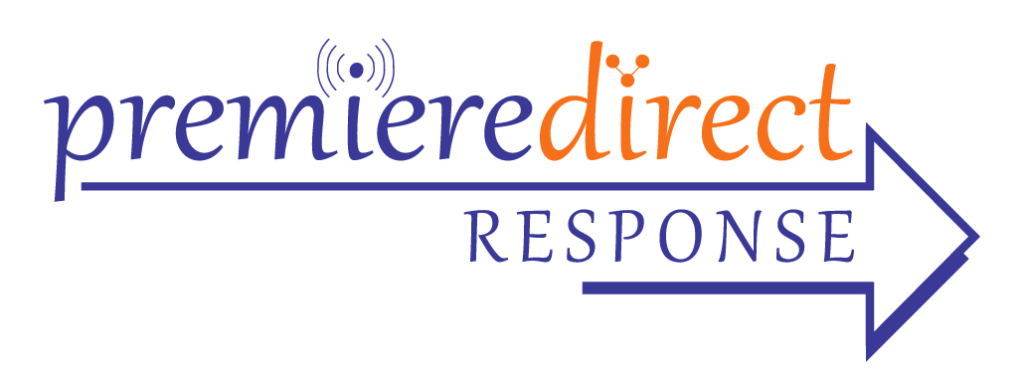Edison Research 375
Podcasting occupies an increasing position in the world of spoken word audio, currently accounting for 11% of time spent listening to speech-based audio among Americans aged 13+. While that’s growing and puts podcasting ahead of SiriusXM Radio, AM/FM radio still corners the lion’s share of time spent listening to speech (69%).
But there are dramatic demographic differences is how the spoken word pie is carved up. Among listeners aged 13-34, one-fourth of spoken word audio is to podcasting compared to just 9% for age 35-54 and 2% for age 55+. “Some of that is technology driven and some of that is content driven,” Edison Research VP of marketing and strategy Tom Webster said during a “Share of Speech: Podcasting’s Place in the World of Spoken-Word Audio” webinar on Wednesday. “I suspect we’re going to see a lot more content in podcasting both for people who are 55 and older but also for younger persons.”
Among those who listen to spoken word audio, almost half of their audio consumption time (47%) is to spoken word or speech audio while 53% is spent listening to music. Narrowing the scope down to just podcast consumers, podcasts have now surpassed AM/FM radio as the primary means of audio consumption. According to Edison, 31% of the time they spend listening to any audio is spent tuning to podcasts, compared to 24% for AM/FM radio. “It is the single largest block of audio time that podcasters spend listening,” Webster said.
The car and home are the top listening locations for spoken word audio consumption, each used by 58% of speech audio listeners aged 13+. Another 14% say they listen to speech audio at work and 5% say somewhere else. But the home moves ahead of the car when looking at the share of spoken word time spent by location. More than half (54%) of speech audio listening occurs at home, 33% in a vehicle, 11% at work and 2% in other locations. “Even though a lot of us do drive, we spend less time in a car or truck than we do at home, so naturally there is more opportunity to listen to audio in the home,” Webster explained.
But podcasting’s share of spoken word listening in the car is fairly low compared to AM/FM radio. Podcasts command just 5% while more than three-fourths (76%) goes to AM/M radio. “Podcasts are going to catch up here,” Webster predicted, once it become easier to listen to them in the car and they become baked into dashboard interfaces. At work, podcasts have a 16% share of spoken word listening. Morning drive is primetime for spoken word audio—most spoken word audio is consumed from 6am-9am, due largely to the morning commute.
Breaking down spoken word listening by device, Edison found that 62% of time spent is via an AM/FM radio and 26% from internet delivery. But again there are stark demographic differences. For 13-34-year-olds, most spoken word audio (46%) is consumed via smartphone or computer compared to 37% delivered by a broadcast radio receiver.
And when examining all time spent listening to audio by device, the mobile device is the dominant instrument for consuming podcasts with 60% of all time tuned to podcasts taking place on a mobile device.
After crunching all the numbers, Edison came up with three takeaways to help podcasters grow their share of ear. First: explain the content, not the technology. “To grow podcasting’s share of ear and reach beyond the early adopters, talk about the real draw of podcasts—connections, community, content you can’t get anywhere else,” Webster advised.
The second suggestion is to move podcasting into a push medium. The medium needs a kind of “Got Milk” campaign where all of the benefits are described to a general mass appeal public, Webster said.
The third takeaway has to do with the rapid rise of smart speakers and how they’re making listening to audio a shared social experience that harkens back to the early days of radio. In a departure from Millennials listening with earbuds, audio is being consumed in groups and among families on devices such as Amazon’s Alexa. “We need to think about ways we can deliver different kinds of content…real watercooler moments for podcasting in the way that talk radio and great morning shows do,” Webster said.

